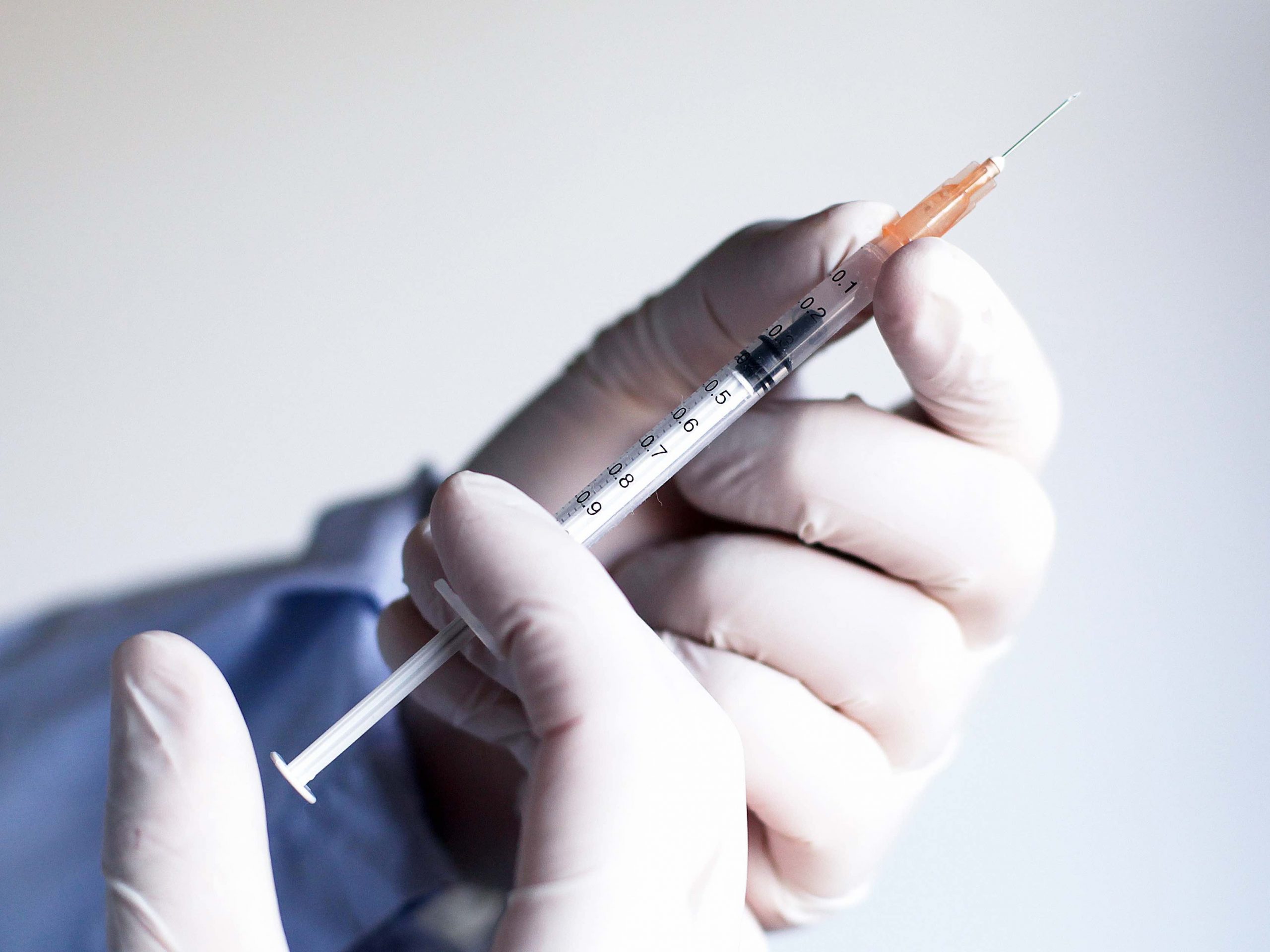
Carol Smiljan/NurPhoto via Getty Images
- The COVID-19 vaccine being developed by AstraZeneca and the University of Oxford will be combined with Russia’s Sputnik V shot, which the country has already authorized for emergency use.
- In a press release on Friday, AstraZeneca said that it would “soon begin exploring” combining its shot with one made by Russia’s Gamaleya Research Institute, which developed Sputnik V.
- It did not specifically say that it was combining its vaccine with the Russian shot — but Russia’s sovereign wealth fund, which is financing the country’s vaccine development, confirmed the vaccine in question is one of two vectors that make up Sputnik V.
- Trials will start by the end of 2020, the wealth fund said.
- Combining two different vaccines could improve their accessibility as well as providing better protection against COVID-19, AstraZeneca said.
- Visit Business Insider’s homepage for more stories.
AstraZeneca, the British drugmaker working with the University of Oxford to develop a COVID-19 vaccine, plans to work with the developers of Russia’s Sputnik V to explore a combined shot, it said.
AstraZeneca “will soon begin exploring with Gamaleya Research Institute in Russia to understand whether two adenovirus-based vaccines can be successfully combined,” the drugmaker said in a statement Friday, naming the developer of the Sputnik V vaccine, but not the specific shot.
The Russian Direct Investment Fund (RDIF), Russia’s sovereign wealth fund, confirmed the vaccine in question was one of two vectors that make up Sputnik V.
Clinical trials are slated to begin by the end of December, the RDIF, which is financing the development of Sputnik V, added.
This is the second time AstraZeneca’s vaccine is being used in a “mix and match” trial. On Tuesday, the head of the UK’s vaccine taskforce said it would combine the shot with Pfizer’s vaccine to see if the two vaccines together produce a stronger immune response.
Combining different COVID-19 vaccines "may be helpful to improved protection and/or to improve vaccine accessibility," AstraZeneca said Friday, adding that it "is also likely that combining vaccines may lead to improved immunity over a longer-period of time."
The RDIF welcomed the cooperation between vaccine producers, its CEO Kirill Dmitriev said Friday, and said it hoped other vaccine producers will follow the example. The RDIF and the Gamaleya Institute approached AstraZeneca in November to suggest combining vaccines.
"The decision by AstraZeneca to carry out clinical trials using one of two vectors of Sputnik V in order to increase its own vaccine's efficacy is an important step towards uniting efforts in the fight against the pandemic," Dmitriev added.
AstraZeneca's vaccine has not been authorized for use anywhere in the world. In November, AstraZeneca said it would retest its vaccine after admitting that the most positive results in its first trial came from a dosing error.
Russia gave Sputnik V emergency-use authorization on August 11, making it the world's first vaccine to be approved. The country has been giving it to frontline healthcare workers, though it hasn't started mass vaccination yet because it's still in trial stages.
Russia says the vaccine is more than 90% effective.
Why are drugmakers combining different vaccines?
Vaccines often require multiple doses. Pfizer, Moderna, and AstraZeneca's vaccines each require two shots given two to four weeks apart. The first dose is an initial prime, followed by a boost.
"Homologous boosting" is when all shots are the same vaccine, but what AstraZeneca is testing is "heterologous boosting," where two different vaccines are given.
"It is ... likely that combining vaccines may lead to improved immunity over a longer-period of time," AstraZeneca said in its statement.
The practice could also improve vaccine accessibility, it said, by making immunization programs more flexible.
Sputnik V itself uses two different adenoviral vectors for its two shots, which it says produces a stronger and longer-term immune response.
